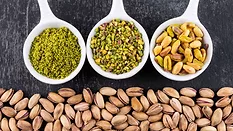
Produce
The safety of fresh-cut produce is of special concern because there is no cooking killstep involved in consumption.
Articles
More ArticlesNever miss the latest news and trends driving the food safety industry
eNewsletter | Website | eMagazine
JOIN TODAY!Copyright ©2025. All Rights Reserved BNP Media.
Design, CMS, Hosting & Web Development :: ePublishing


